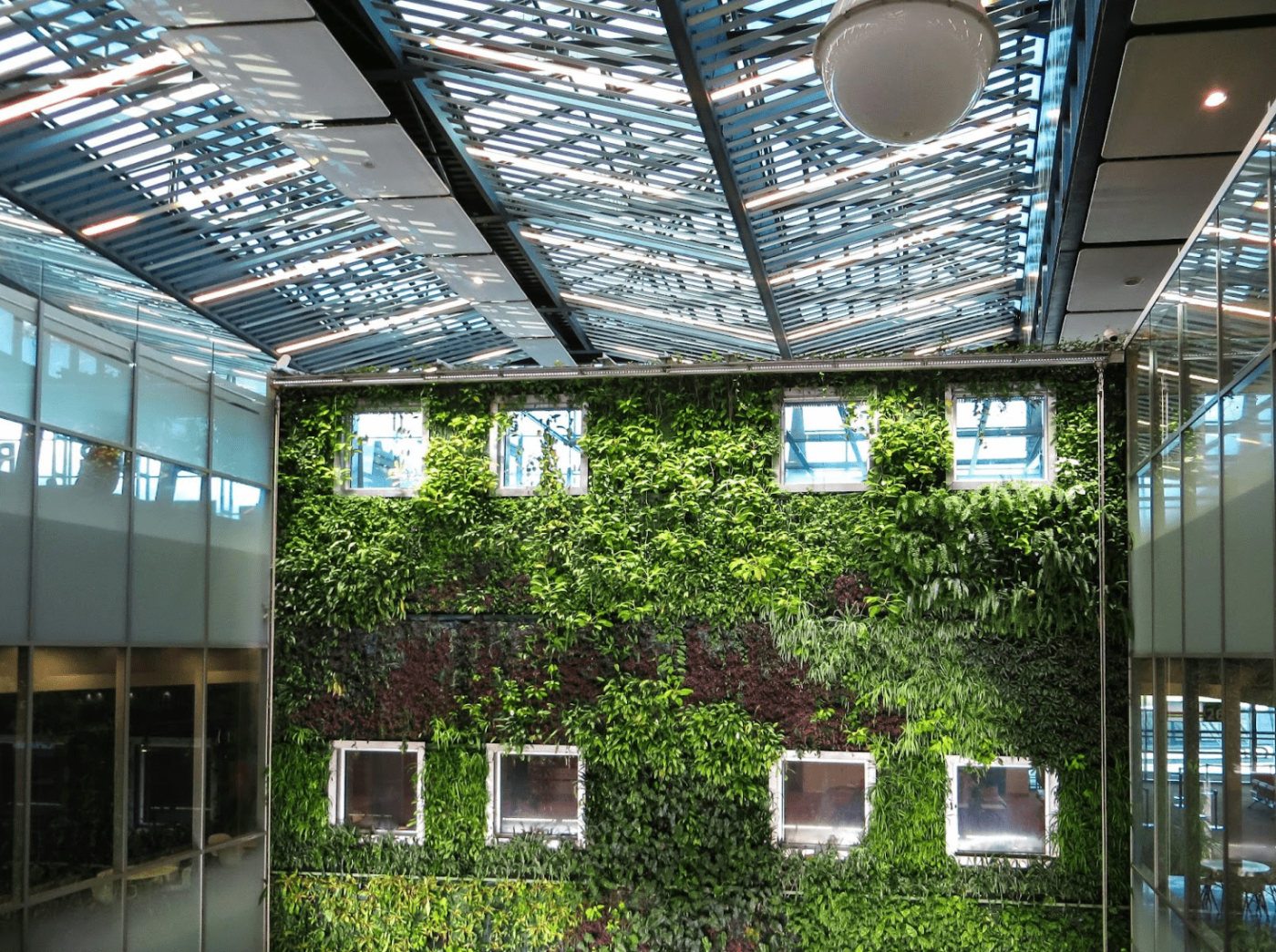
Exploring the eco-friendly process of preserving plants for vertical gardens
Sustainable design is enhanced by using preserved plants for vertical gardens. This process replaces sap with a biodegradable preservative, allowing plants to maintain their flexibility and freshness with minimal upkeep. Ideal for indoor use, these gardens require specific care to last up to 5 years or more.
In the realm of sustainable design, the process of preserving plants for vertical gardens offers a fascinating glimpse into eco-friendly practices. This unique and ecological method involves substituting sap with a preservative, a substance akin to sugar that is 100% biodegradable.
During the preservation process, the sap is entirely evaporated, making way for a blend of natural glycerin, water, and food coloring. This innovative approach allows plants and foliage to maintain their natural flexibility and freshness without the need for ongoing maintenance.
Vertical gardens created using preserved live lichen, plants, and foliage are not only organic but also entirely natural and biodegradable. However, it's essential to note that these preserved plants are best suited for indoor environments. Exposure to UV rays can accelerate decay and aging, making them unsuitable for external use.
To ensure the longevity of vertical gardens, basic maintenance guidelines must be followed. This includes maintaining minimum humidity levels, refraining from watering, and protecting the gardens from UV rays. Despite these precautions, preserved greenery typically boasts a guaranteed lifespan of 5 years, though it often exceeds this period with proper care.
In summary, the preservation process offers a sustainable solution for creating visually stunning vertical gardens. By adhering to maintenance protocols and embracing eco-friendly practices, we can continue to innovate in the realm of sustainable design while preserving the beauty of nature.

